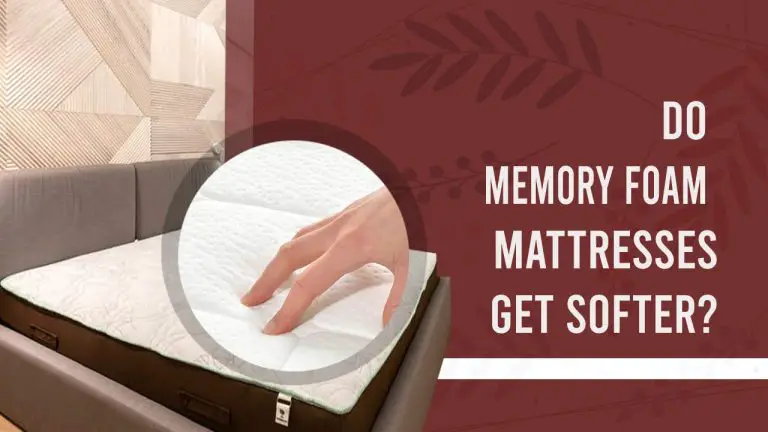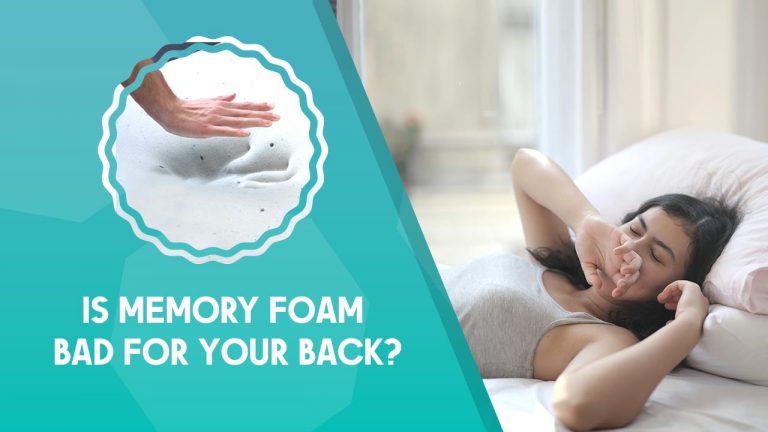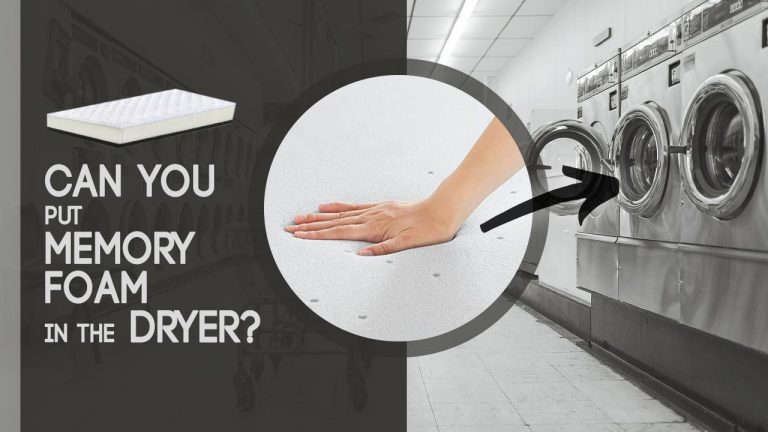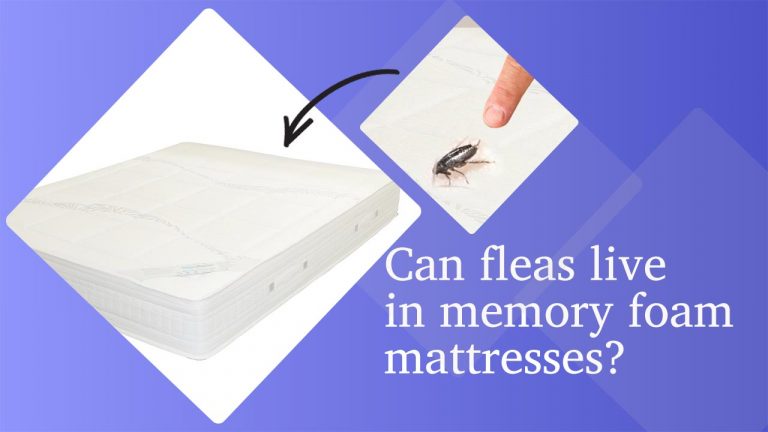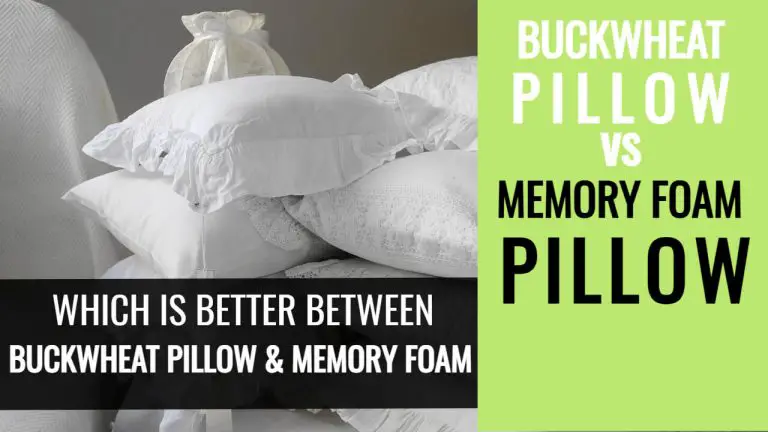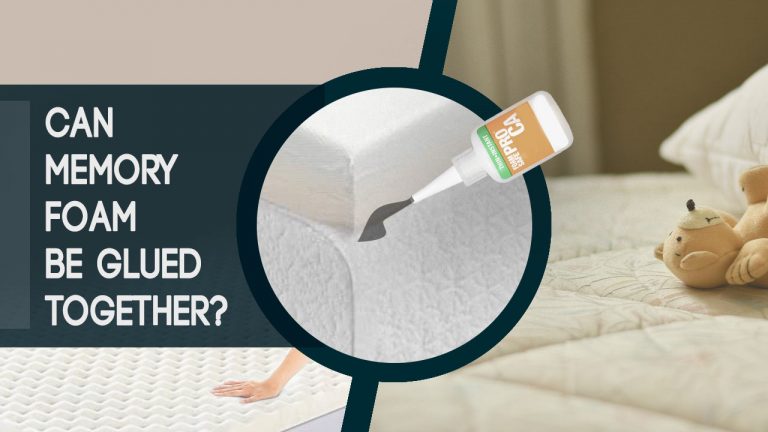Polyurethane Foam Vs Memory Foam – Differences [What is Better? Why?]
Mattress and furniture shopping is often a mundane but tedious task. Making the decision becomes much easier if you know about the different materials used, such as foam being used.
Many different types of foam are available in the market, like memory foam, polyfoam, polyurethane, convoluted etc. It cannot be easy to know which one to choose.
Polyurethane foam is the traditional and most basic type of foam being used, while its variant-memory foam is the most popular in the market. Memory foam, for instance, is manufactured by adding certain additives to polyurethane which increase its density and viscosity.
Let us understand the difference between polyurethane foam and memory foam.
What Is Polyurethane Foam?
Most foams are made up of polyurethane which is a type of polymer. It can be solid or have an open-cell structure and is manufactured by reacting polyols and diisocyanates.
Both these substances are derived from crude oil. Various additives are added to polyurethane to manufacture different polyurethane foam products.
Polyurethane foam is widely used in the restoration of furniture. It is one of the most affordable, widely available soft materials used in making mattresses.
The affordability of PU foam does not necessarily mean that it is inexpensive. Its price depends on its quality, softness, manufacturing and thickness, among other factors.
High-end branded mattresses, orthopedic, and luxury mattresses use Polyurethane foam in different configurations to suit customers’ needs.
Polyurethane foam is versatile in its density and application. Many different types of foam, like memory foam, can be manufactured by adding additives in varying quantities to the traditional PU foam.
There are three main polyurethane foam varieties: regular grade PU foam, high-density foam, and high resilience PU foam. Regular and high-density PU foam is generally used as layers in the production of mattresses rather than for an entire mattress.
The high resiliency PU foam is processed differently and has a higher support factor. It is considered to be high quality and very comfortable.
Advantages of Polyurethane Foam
1. Durability

Polyurethane foam is quite durable and resists wear and tear for a longer time. It is abrasion-resistant, so it is generally used in the topmost layer of mattresses and other furnishings, where abrasions are more.
It is also used for support and sandwiching between different layers of hybrid mattresses as it keeps the mattress intact for a longer time.
Moreover, a thick layer of polyurethane foam on an innerspring system helps increase the longevity of innerspring coils as well as the foam layer above. PU foam is also used in the edge protection casing of high-end luxury mattresses to enhance their durability.
2. Enhanced Comfort

PU foam enhances your comfort level as it is soft and feels great when you sit on it. Moreover, it is available with different firmness levels to get the exact level of comfort you desire.
It makes a great choice for those who value comfort in their furniture. Polyurethane foam is used in orthopedic and high-end mattresses for quilting and comforting layers.
PU foam can be configured for different purposes by changing the density to suit the requirement. It is excellent for taking away the pressure from joints and the body’s variable regions and helps you get a pain-free sleeping experience.
3. Temperature Regulation
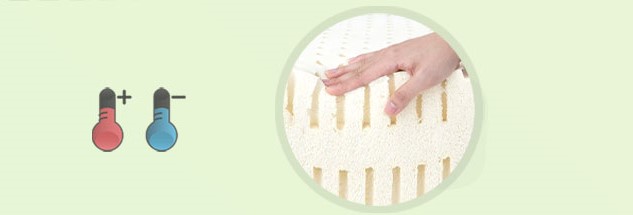
PU foam can control the surface temperature easily as it comes with numerous open-air pockets of different sizes. These open-air pockets regulate the airflow and maximize ventilation to give a cooling effect.
High-density PU foam is relatively hotter as it traps moisture and body heat.
4. Relatively inexpensive

Polyurethane foam is affordable and cheap compared to other varieties. It makes for an ideal choice for those on a budget.
Of course, good quality, sleep-grade PU foam can be slightly more expensive, depending upon the density and manufacturing process. The pricing depends on manufacturing, density, thickness and overall quality of PU foam.
5. Lightweight

PU foam is soft and lightweight and thus can be easily moved from one place to another. The large pores in PU foam make it lightweight, despite its high density.
6. Usability

PU foam is the most widely used material. It can protect different layers of a mattress from wear and tear caused due to friction. It is sometimes used to increase the firmness of a mattress.
When used in the core of a mattress, it helps increase the height of the mattress as per the requirement.
How Long Does Polyurethane Foam Last?
Polyurethane foam is fragile and has a short lifespan. Although it is abrasion resistant, it often breaks up under pressure.
So, as a material, PU foam is not one of the best options on its own, especially if you are looking for a long-lasting mattress.
Is It Safe to Sleep on Polyurethane Foam?
Polyurethane is derived from petroleum as a by-product and is often mixed with other harmful compounds such as formaldehyde, boric acid, polyvinyl chloride and other petrochemicals.
The effect of these petrochemicals emerges during off-gassing when the mattress is first used. People with allergies and a weak immune system are particularly vulnerable to the mattress’s strong odor and hazardous substances.
The gases released by these substances can cause harm to the lungs and the respiratory system as a whole. These unstable substances are known to induce allergic reactions in sensitive people.
But there is no need to worry! The good news is that the manufacturers are producing high-quality, safer foam with an eco-friendly construction process. Most mattresses come with safety certifications such as OKEO-TEX, CertiPUR-US, GOTS, etc.
The idea is to go with high-quality products made with eco-friendly materials that provide better air circulation and better cooling without compromising the overall comfort and support.
Even on a budget, you can easily find some very good options if you check out the details carefully.
Polyurethane Foam Vs Memory Foam
You may be wondering whether Polyurethane foam is similar to memory foam. Although both have polyurethane in them, they are quite different in feel.
Polyurethane foam contains additional chemicals that increase its density and viscosity, this is the most important difference between memory foam and polyurethane foam.
This brings a considerable change in how it feels. Polyurethane foam is a lot more bouncy or springy than memory foam. Let us look at the major differences between polyurethane and memory foam.
1. Manufacturing Process
Both polyurethane and memory foam are prepared from polyurethane. Certain chemicals are added to prepare memory foam during the manufacturing process, which gets an all-new set of properties.
These chemicals increase the density and viscosity of the foam. This is why memory foam is also known as viscoelastic polyurethane foam.
2. Density and Compression
Memory foam is much denser than polyurethane foam. This is mainly due to its chemicals during the manufacturing process. The amount of pressure required to compress foam is called its compression factor.
A high density and high compression factor make the foam very hard, while low density and low compression factors make it very soft and uncomfortable.
Memory foam has the ideal combination with high density and low compression factors, making it the preferred choice.
Memory foam has the ability to create a mirror image of your body and hold that impression for a longer time. Memory foam is slower to rebound than PU foam.
3. Heat Retention
Memory foam heats up more quickly than polyurethane foam. Memory foam is a good option for those who stay in cold climatic regions and are looking for a warm seat cushion to sit on.
Memory foam becomes soft with body heat and gives you a feeling of warmth. But polyfoam is better for people looking for cooler options.
4. Odor
Basic polyurethane foam is likely to emit a strong odor as it is made synthetically from petroleum products. Memory foam also emits an odor that reduces with time and proper ventilation.
If you are worried about off-gassing, it’s worth seeking out natural or organic foam products as they are comparatively better.
5. Durability
Memory foam is significantly more durable than regular polyfoam, which is fragile and short-lived. The memory foam material is heavier and long-lasting, while polyurethane being soft shows more wear and tear.
6. Cost Factor
Polyurethane is the basic foam that is relatively cheaper than memory foam. The cost of polyurethane may vary according to the quality and firmness levels. Memory foam is well known for being pricy, but the comfort and support are well worth the money spent.
7. Bounce
Memory foam has a higher bounce coefficient than PU foam. This is mainly because of the process of construction of foam.
What Is Better Memory Foam Or Polyurethane?
Polyurethane foam is not a good choice for a product like a mattress, especially for the master bedroom.
This is because it is one of the least comfortable mattresses and has a very short lifespan compared to memory foam. It is not recommended for regular use.
However, if you must have one, you can use it for the guest bedroom for occasional use. As it is lightweight, you can conveniently store it out of the way when not in use.
Final Words:
Having discussed both memory foam and polyurethane in detail, one thing is certain that none of them can be classified as good or bad. Both varieties of foam have their own set of advantages and disadvantages.
Many aspects are needed to be measured before making the final decision. If you love to sink in a soft mattress or cushion, go for PU foam, but if you prefer a medium-firm mattress, memory foam is the ideal choice for you.
Memory foam also helps alleviate your back pain and other aches as it maintains your body posture and provides support to your spine.

